Updates in Mining
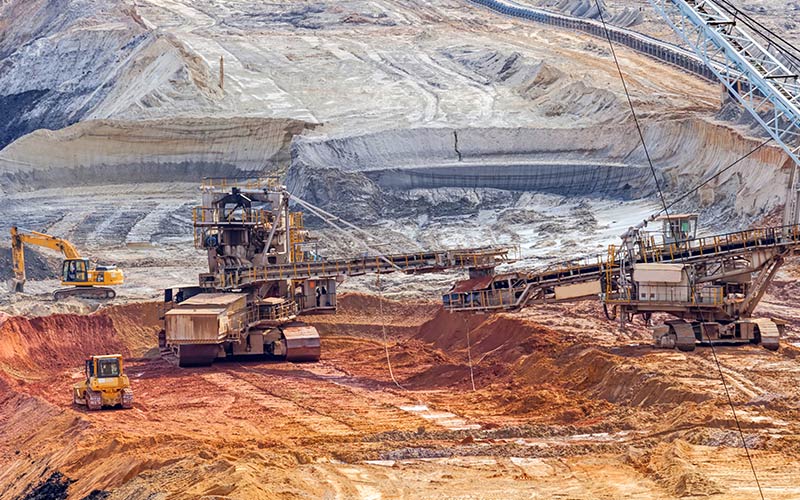
China’s Rare Earths Hold Continues
China’s hold over rare earth minerals is presenting challenges to the United States’ hope to build a domestic supply chain, according to Mining Weekly. Despite billions of dollars in subsidies and loans geared toward domestic rare earth production, market conditions have largely eroded confidence in new projects. Increased supply from China, among other places, has driven down prices, causing many projects to falter.

UK & Indonesia Work Together on Critical Minerals
The UK and Indonesia have signed a memorandum of understanding (MoU) that will see the two collaborate on critical minerals, according to Mining Digital Magazine. Indonesia hosts the world’s largest source of nickel ore, among other important minerals. Britain’s Development Minister Anneliese Dodds said: “This partnership puts both countries as key players in the critical minerals supply chain.”
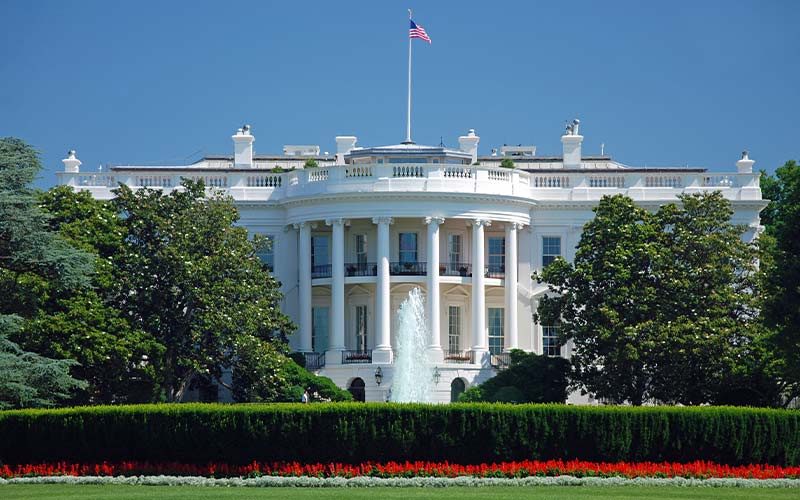
Reducing Reliance on Imports of Critical Minerals
The United States Department of Energy announced $5.5 million earmarked for six projects that will improve the nation’s domestic supply chain of critical minerals. Provided through the Bipartisan Infrastructure Law, the funding will help to develop technologies using domestically sourced critical minerals and materials, allowing the U.S. to reduce its dependence on foreign imports of materials key to meeting long-term goals.
Updates in Fertilizer
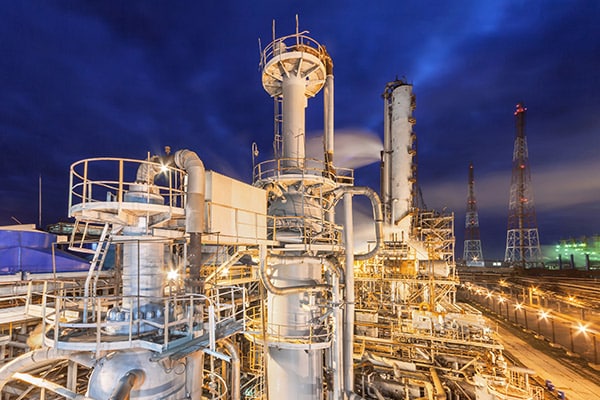
An Investment in Domestic Low-Carbon Ammonia Fertilizer
The U.S. Department of Energy (DOE) is looking to shore up domestic fertilizer production and curtail ammonia imports while improving air quality; according to Carbon Capture Magazine, the DOE announced a conditional commitment of $1.559 billion loan as part of a total investment of $2.4 billion to Wabash Valley Resources (WVR). WVR produces low-carbon anhydrous ammonia fertilizer through the use of industrial waste and carbon capture technologies. The move will be especially helpful to the Eastern Corn Belt.

USDA Funding for Food Security
The United States Department of Agriculture announced $466.5 million of funding toward improving global food security through two key programs. $248 million in fiscal year 2024 funds will be allocated to the McGovern-Dole International Food for Education and Child Nutrition Program, while $218.5 million will go to Food for Progress. In a press release, Secretary of Agriculture Tom Vilsack commented:
“The McGovern-Dole and Food for Progress programs are the embodiment of USDA’s multi-faceted approach to combatting hunger and poverty and addressing the effects of the climate crisis worldwide.”
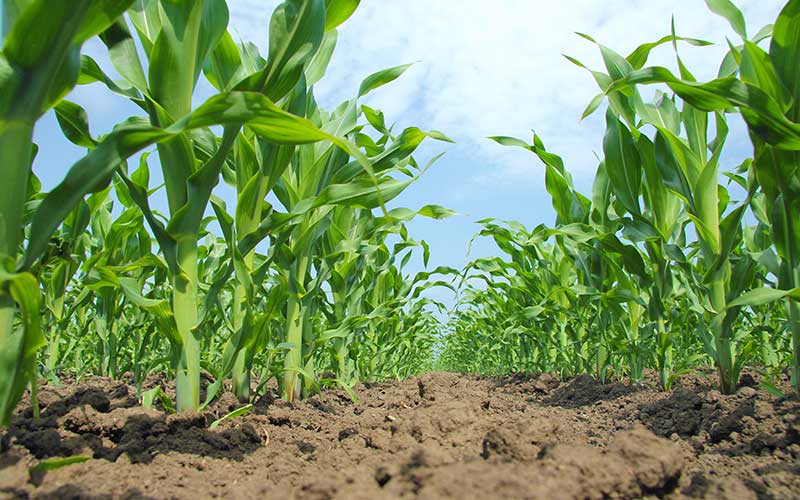
Brazil’s Petrobas is Back (in Fertilizer)
Petroleo Brasileiro SA (Petrobas) is looking to return to Brazil’s fertilizer industry with a potential $800 million investment toward completing the UFN-III plant, according to Fertilizer Daily. Brazil relies heavily on imports, with recent global events further exacerbating supply issues. Progress on building the UFN-III plant, which could be critical for boosting domestic fertilizer production, was halted in 2014. Despite exiting the industry in 2018, Petrobas is hoping to bolster domestic fertilizer production through this effort, as well as by resuming operations at other plants.
Updates in Chemical
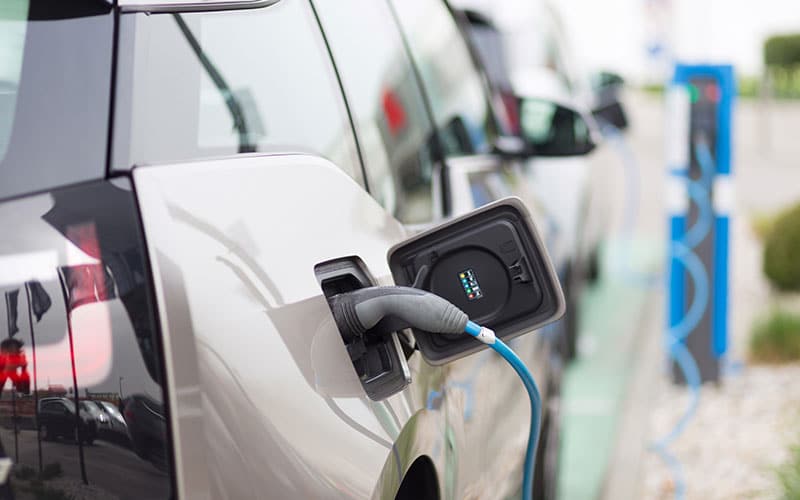
Battery Technology Advancement
A collaboration between researchers at Swansea University, Wuhan University of Technology, and Shenzhen University has resulted in a battery breakthrough, according to Chemical Online. The group discovered a method of producing defect-free graphene current collectors, which help to mitigate the risk of thermal runaway in batteries, on a commercial scale. The finding could have significant implications for energy storage, improving both safety and performance. Their research was published in Nature Chemical Engineering.
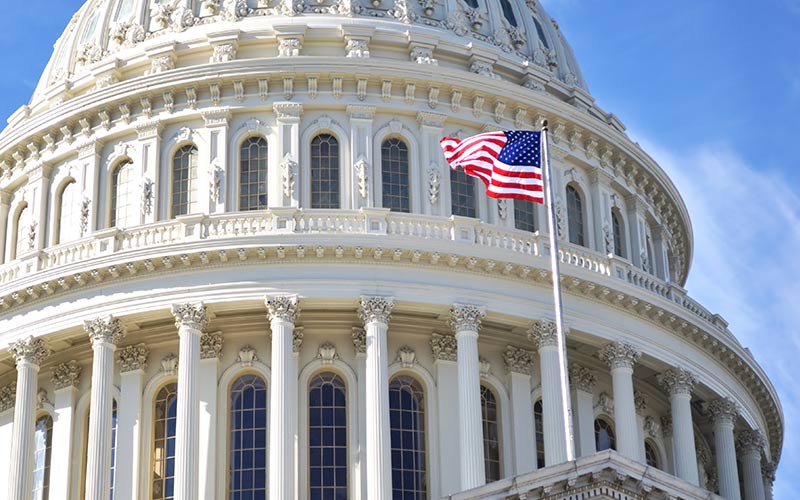
Funding Domestic Battery Production
Also in batteries, the U.S. Department of Energy (DOE) has announced more than $3 billion toward 25 projects that will boost domestic production of advanced batteries and battery materials. In addition to supporting clean energy initiatives, the Biden Administration estimates that the work will support more than 8,000 construction jobs and over 4,000 operating jobs. According to the release:
“We’re in the midst of a manufacturing revival in the United States as the Biden-Harris Administration’s Investing in America agenda continues to breathe new life into communities and local economies across the country,” said U.S. Secretary of Energy Jennifer M. Granholm. “By positioning the U.S. at the forefront of advanced battery manufacturing, we are creating high-paying jobs and strengthening our global economic leadership and domestic energy security, all while supporting the clean energy transition.”
Like what you’re reading? Subscribe to our blog for industry updates and expert advice on bulk solids processing and handling.


